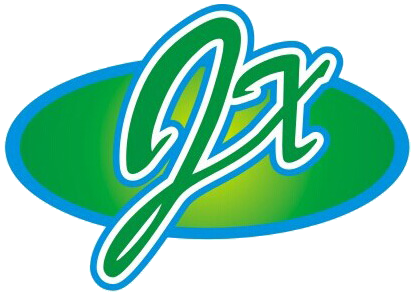
DC machines are essential electro-mechanical devices that are used in many industries to change electrical energy into mechanical movement. This document will delve into their classifications, operation principles, applications, and advancements that shape them.
Classification of DC Motors
Brushed DC Motors: They use brushes as well as a commutator to reverse the direction of the flow of current causing continuous rotation. These motors are commonly used in low-cost applications requiring easy control of speed.
Brushless DC Motors (BLDC): Instead, they operate on electronic commutation which offers better efficiency, reliability and durability compared to brushed ones. Therefore, they are popular in areas with high demand on precision and reduced maintenance.
Permanent Magnet DC Motors: Here, permanent magnets have been incorporated within stators to generate magnetic fields thereby increasing efficiency and reducing power consumption.
Operating Principles
A dc motor is guided by Lorentz force principle where a current-carrying conductor placed within a magnetic field will experience an electric force. This mechanical effect causes the rotor (armature) to turn thus converting electrical energy into rotational mechanical power.
Application Areas
Automotive: For powering windows lifts, fans or windshield wipers.
Industrial Automation: Driving conveyor belts, pumps or machine tools in this industry.
Consumer Electronics: Household appliances such as vacuum cleaners or power tools have these types of motors too.
Recent Developments and Innovations
Efficiency Improvements: Integration of advanced materials and designs to enhance efficiency and minimize energy utilization levels has taken place over time.
Smart DC Motors: Incorporation of IoT connectivity as well as sensors that enable remote monitoring with predictive maintenance capability alongside precise control is another development stage for smart dc motors.
Miniaturization: Development work around compact dc motors for portable devices and microelectronics.
Future Trends
Electric Vehicles: These machines are more efficient and offer higher torque hence they are highly preferred in electric vehicle propulsion systems.
Automation and Robotics: Therefore, they have been adopted in robots for accurate motion as well as automated duties.
Energy Efficiency: This is through improving the design of motors to make them more efficient thus sustainable.
DC motors cannot be ignored in modern engineering as they have proven their versatility, efficiency, and reliability across various applications. Material innovations, control solutions and miniaturization that will come with technological advancement should be able to extend DC motor capabilities into new fields. By understanding these working principles as well as what has been happening with these kinds of machines; engineers can effectively utilize them when designing future energy-efficient systems.

2024 © Shenzhen Jixin Micro Motor Co.,Ltd - Privacy policy